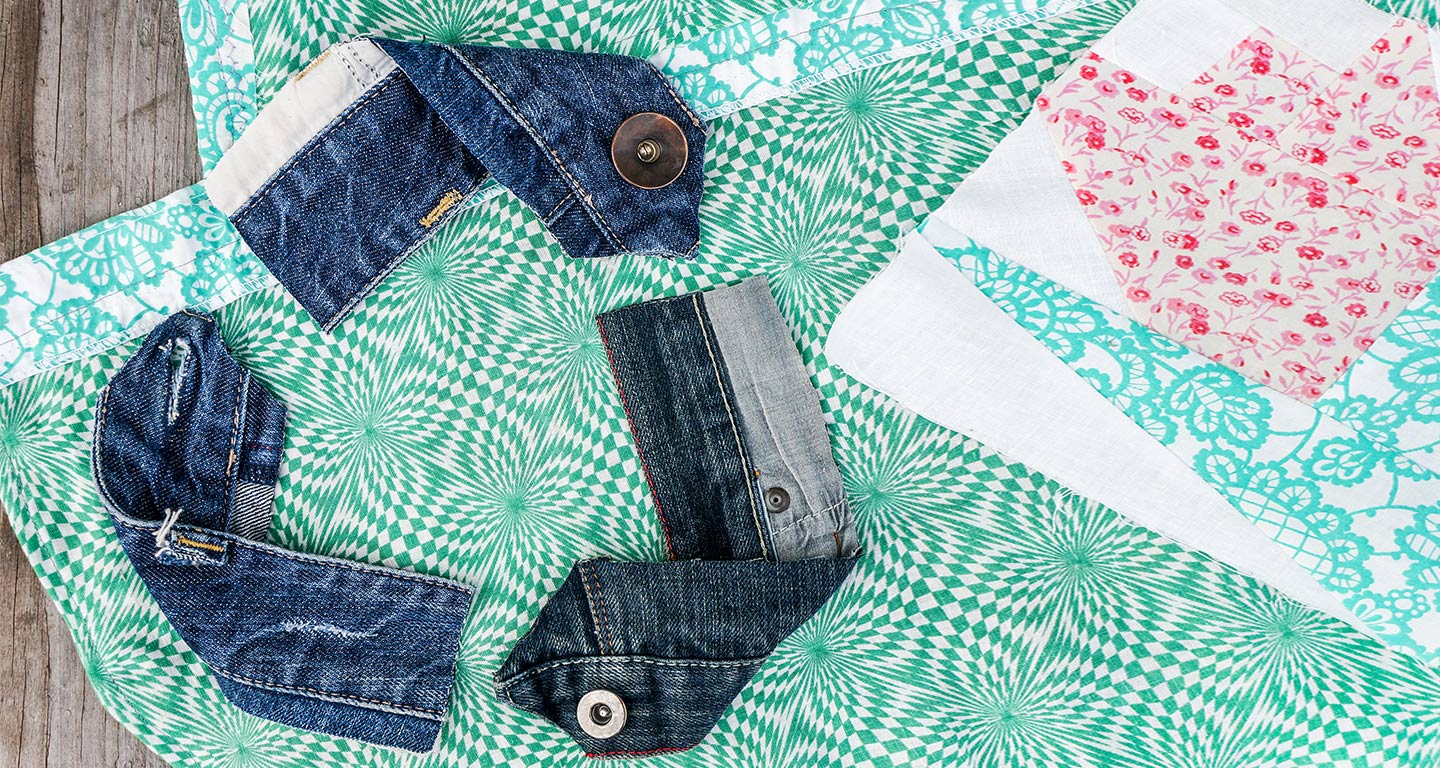
What is circular fashion and what are its benefits?
Circular fashion is designed and manufactured based on a model of sustainable production and consumption in which materials and products are recovered, recycled and reused, cutting waste and emissions. This is important because worldwide, the fashion industry generates about 20 million tons of waste each year and accounts for over 10% of global GHGs. This makes it the biggest single source of emissions in the world, according to The State of Fashion 2021, a joint report by McKinsey & Company and The Business of Fashion (BoF). Let's find out what is sustainable fashion and what is the relationship between circular economy and waste in the fashion industry.
Can the circular economy be applied to the fast fashion industry?
What is the role of circular economy in sustainable fashion? The fast fashion industry employs speedy manufacturing and shipping methods to mass produce and deliver affordable yet stylish clothes made with cheap materials, such as polyester. This is problematic because every year, we throw away 300 million pieces of clothing and 80% of them are made from polyester, which takes up to 2000 years to decompose. Applying circular economy principles to fast fashion would mean, for example, recovering, recycling and reusing that polyester instead of throwing it away.

The future of circular fashion

The clothing and textile industry is the second largest polluter in the world, behind big oil. But it doesn't have to be this way. So what is circularity in fashion? Circularity in fashion is a viable alternative to replace the take-make-waste model with a recover-recycle-reuse model. This generates added value, because it turns waste into materials that can be reinjected into the value chain. Companies across many industrial sectors are adopting circular economy principles, including Enel X. As a part of this commitment, Enel X and its partners have launched in 2021 the Monitor for Circular Fashion to promote a sustainable production and consumption model in the clothing industry. The fashion world can be a trend-setter not just on the catwalks, but in the fight against climate change too.












